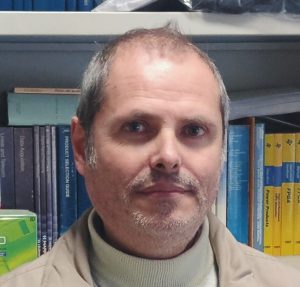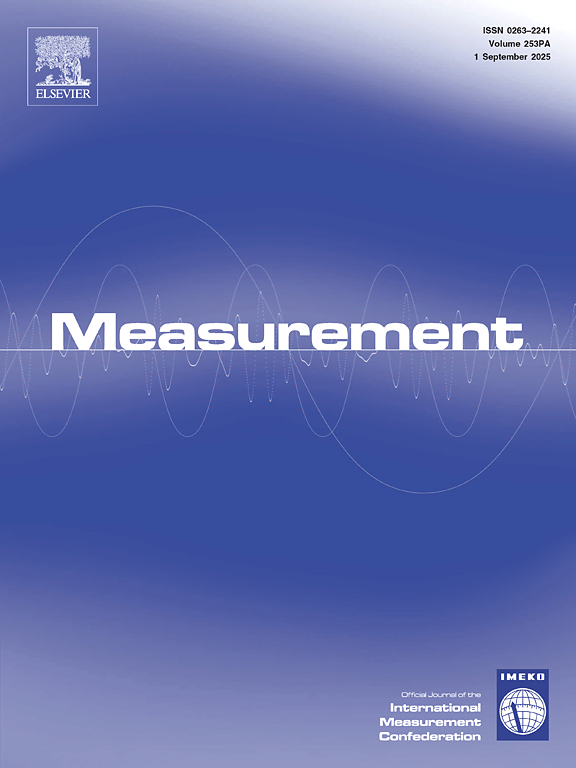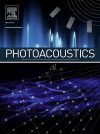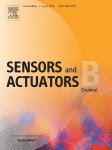Our Research activities
Compact acoustic detection modules
Realization of compact acoustic detection module including a custom-made quartz tuning fork and micro-resonator system, optical access via two windows and gas in and out connections.
Custom-made tuning forks and micro-resonators
Custom-made quartz tuning fork properly designed and realized to offer high performance for QEPAS sensors, in terms of quality factor and electrical charges collection efficiency.
Fiber-coupled mid-IR QEPAS Sensors
Fiber-optic components are key enabling technologies to improve the robustness and effectiveness of QEPAS sensors in terms of flexible beam guidance and compactness.
Cavity-Enhanced QEPAS Sensors
Ultra-sensitive and selective QEPAS sensors combined with high-finesse optical cavities can increase the detection sensitivity up to two orders of magnitude.
THz QEPAS SENSORS
High sensitivity THz molecular spectroscopy is crucial for the study of chemical processes related to ozone depletion and global warming, as well as direct identification of explosives and drugs.
Quartz tuning forks photodetectors
Quartz tuning forks (QTF) as a narrow-bandwidth (∼1 Hz), fast-response (tens of kHz), broadband, high-responsivity infrared photodetectors, suitable for tunable laser-based absorption spectroscopy. The photodetection process is based on light impacting on the QTF and creating a local temperature increase that generates a strain field. This light-induced, thermoelastic conversion produces an electrical signal proportional to the absorbed light intensity due to quartz piezoelectricity.
EU Project OPTAPHI 2020-2024
The OPTAPHI Postgraduate Training Network aims to train doctoral students in the complementary fields of advanced spectroscopy and integrated optics. Specifically, the focus is on the methods of photo-acoustic and photo-thermal spectroscopy, and their integration with compact semiconductor lasers.
EU PROJECT PASSEPARTOUT 2021-2024
PASSEPARTOUT will advance the development and deployment of miniature, optical based sensors based on Quartz Enhanced Photo-acoustic Spectroscopy and Photo-Thermal Interferometry. PASSPARTOUT will realize the first 3D mobile optical gas analyser network capable of operating in an urban area exploting on drone-mounted, vehicle-mounted and stationary sensors. (NOx, SO2, NH3, CH4, CO, CO2) and black carbon within urban areas, around landfills and seaports.
PNNR Project BRIEF 2022-2026
In the framework of the PNRR Infrastructure Project “Biorobotics Research and Innovation Engineering Facilities” – BRIEF, the BBC – Breath Biomarkers Chemical identification Laboratory (including a mass spectrometer + Gas chromatography system) and the BIOS2 – Biomarkers Infrared Spectroscopy and Sensing Laboratory will be realized and exploited for Breath Sensing of several pathologies, including Colon and Lung Cancer.
NRRP Project D3-4-Health 2022-2026
In the framework of the National Plan for NRRP Complementary Investments D3-4-Health – ” Digital Driven Diagnostics, prognostics and therapeutics for sustainable Health care” project, we will realise optical breath sensing system for pathologies like Metastatic colon cancer, Liver and bile duct cancer and Diabetes type I.
PNRR Project NEST 2022-2025
Network 4 Energy Suistainable Transition (NEST) project is framed in the PE program “Green Energies for the Future” aims to develop technologies for the conversion and use of renewable sources that should be sustainable and resilient for the energy production and distribution. The activity of Polysense will regards the realization of innovative sensors for H2 and related contaminants detection.
PNRR Project NQSTI 2022-2025
The National Quantum Science and Technology Institute project is carrying out competitive and innovative research in the field of Quantum Science and Technology (QST). NQSTI addresses the entire innovation chain, from the strengthening and coordination of the low-TRL research, to its translation into prototypes, favoring interfacing with industrial needs thanks to strong outreach and continued-education programs. The activity of Polysense will regards the development of spectroscopy-based sensing systems for biomedical and environmental inspection.
EU PROJECT EVOQUE 2024-2027
EVOQUE’s objective is to develop a novel photonic-based sensory system (GC-QEPAS) for at-line, on-line & in-field Agriculture, Food, Environmental Pollution monitoring and Industrial Emissions monitoring. The system will be based on the combination of Gas Chromatography with QEPAS (Quartz-enhanced photo-acoustic spectroscopy), long wavelength Quantum Cascade Lasers and Mid-Infrared Metasurfaces.
Project MAECI ITaly-Singapore
The main objective of this project is to create a prototype-scale ultrahigh sensitive photoacoustic multi-gas sensor for volatile organic compounds (VOCs) detections for in situ and real-time monitoring, capable of selectively detecting BTEX, using spectroscopic techniques based on innovative large-scale MIR laser sources wavelengths and new detection devices to implement QEPAS and LITES spectroscopy approaches.
SENSING-ON-DEMAND
Environmental Monitoring
Trace gas sensors are the heart of any monitoring system in industrial and urban areas. Real-time and in-situ QEPAS-based monitoring systems are crucial to ensure an environmentally sustainable territorial development.
Breath Analysis
Exhaled breath biomarkers have particular clinical appeal offering non-invasive medical diagnostics. Dedicated QEPAS sensors can be used as repeatable, continuous and real-time breath analysis tool.
Leaks detection
Gas Leak detection is a critical problem for several applications requiring hermetically closed areas. QEPAS-based leak sensors are several orders of magnitude more sensitive than a bubble test or helium sniffer.
Hydrocarbon and H2 monitoring
Portable Quartz enhanced photoacoustic sensors (QEPAS) system are capable to detect in situ methane, ethane, propane and butane in gas phase, with detection limits in the few part-per-million (ppm) concentration range and hydrogen in the hundreads of ppm range.
Monitoring of hotspot areas
Certain chemicals can be used in the illicit manufacture of explosives or to cause harm. Quartz enhanced photoacoustic sensors (QEPAS) system are capable to detect toxic gases and explosive precursors down to few part-per-million concentration range.
Polysense Innovations srl
PolySenSe Innovations is a spin-off company of the Polytechnic of Bari, devoted to the development of optical-based sensors, technical training for companies, and to find solution to strategic problems.
Our Team

Vincenzo Luigi Spagnolo

Pietro Patimisco

Angelo Sampaolo

Marilena Giglio

Verena Mackowiak

Hubert Rossmadl

Christian Brehm
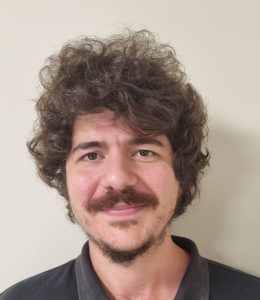
Giansergio Menduni

Andrea Zifarelli

Arianna Elefante

Luigi Lombardi

Cristoforo Marzocca

LEI DONG

Hongpeng Wu

Huadan Zheng

Xukun Yin

Mariagrazia Olivieri

Raffaele De Palo

Aldo Cantatore

Luigi Melchiorre

Nicoletta Ardito

Felice Sfregola

Choafan Feng

Lavinia Mongelli
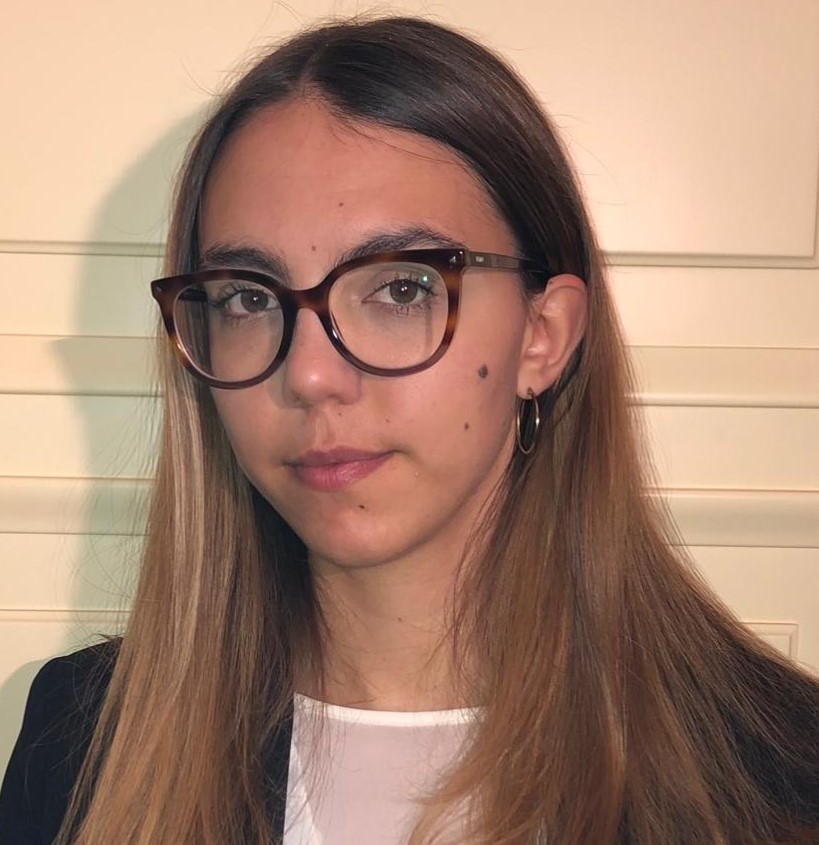
Vincenzina Zecchino

Paola Formica

Valeria Villada
